



Table of Contents
- Introduction to PU Paints
- PU Paint Styles and Combinations - High Gloss Finish
- Matte PU Paint
- Metallic Brilliance
- Colourful Creativity
- Key Features and Benefits of PU Paints
- Drawbacks and Limitations of PU Paints
- Comparison with Other Paint Types
- Best Applications for PU Paints - Furniture and Cabinets
- Doors and Trim
- Floors and Decks
- Exterior Surfaces
- Automotive and Industrial Applications
- Applying PU Paints: DIY vs. Professional Application
- Maintaining PU-Painted Surfaces
- Eco-Friendly PU Paint Options
- Conclusion
- Faq's
Introduction to PU Paints
Polyurethane (PU) paints have revolutionised the world of interior and exterior design with their exceptional durability, versatility, and stunning finish. These paints, also known as polyurethane enamel, have become a go-to choice for designers, homeowners, and professionals alike. PU paints offer a range of advantages that make them a preferred choice for various surfaces, including wood, metal, concrete, and plastic.
From high-gloss finishes that create a sleek and modern look to matte finishes that add a touch of sophistication, PU paints can transform any space. Whether you're looking to refinish furniture, paint doors and trim, or create a unique design feature, PU paints offer a wide range of options to suit your style and preferences.
In this article, we will delve into the world of PU paints, exploring their types, benefits, drawbacks, and best applications. We will also discuss the various brands and colour options available, as well as the importance of eco-friendly and sustainable choices.
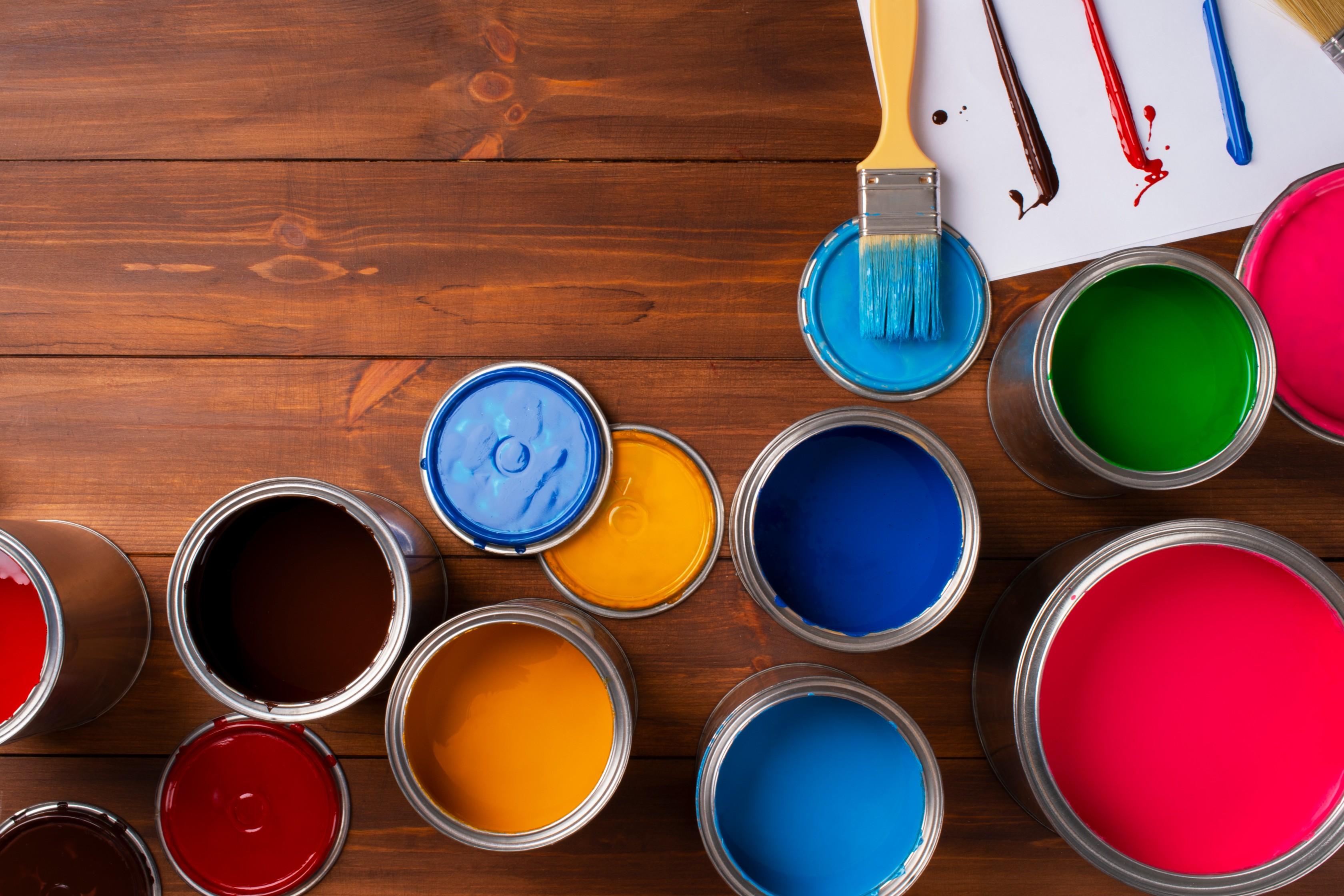
PU Paint Styles and Combinations - High Gloss Finish
One of the most popular styles of PU paint is the high gloss finish. This style creates a smooth, reflective surface that provides a sense of sophistication and opulence to any space. High gloss PU paint is commonly used on furniture, cabinets, and doors to achieve a sleek and modern look.
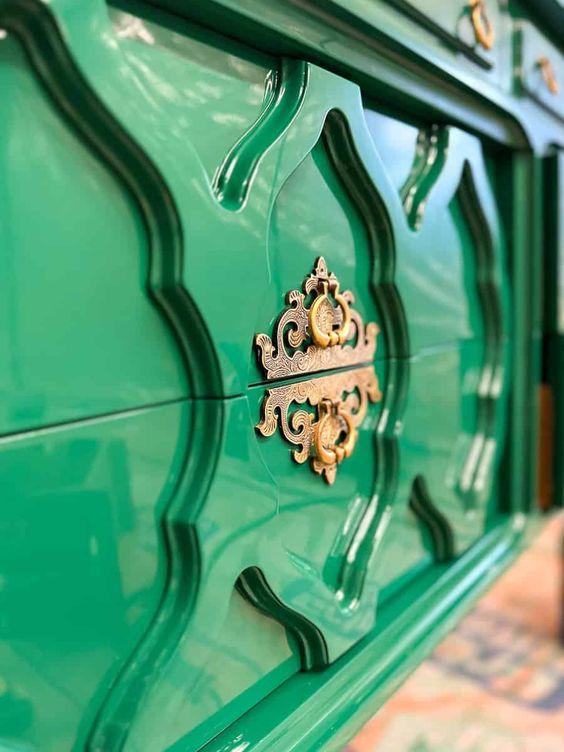 PU High Gloss Finish - Pinterest
PU High Gloss Finish - Pinterest
Features
- Creates a smooth, reflective surface
- Provides a sense of sophistication and opulence
- Commonly used on furniture, cabinets, and doors
Advantages
- Achieves a sleek and modern look
- Enhances the appearance of surfaces
- Reflects light, making spaces feel brighter
Disadvantages
- Shows fingerprints and smudges more easily
- Requires more maintenance to keep clean
- May not be suitable for high-traffic areas where scratches and scuffs are a concern
Matte PU Paint
While high gloss finishes are favoured for their shine, matte PU paint offers a different appeal. With its velvety, non-reflective surface, matte PU paint creates a sophisticated and contemporary look. It is often used in minimalist or industrial design styles to add depth and texture to walls, ceilings, and furniture. Matte PU paint is also a great choice for spaces where glare or reflections need to be minimised.
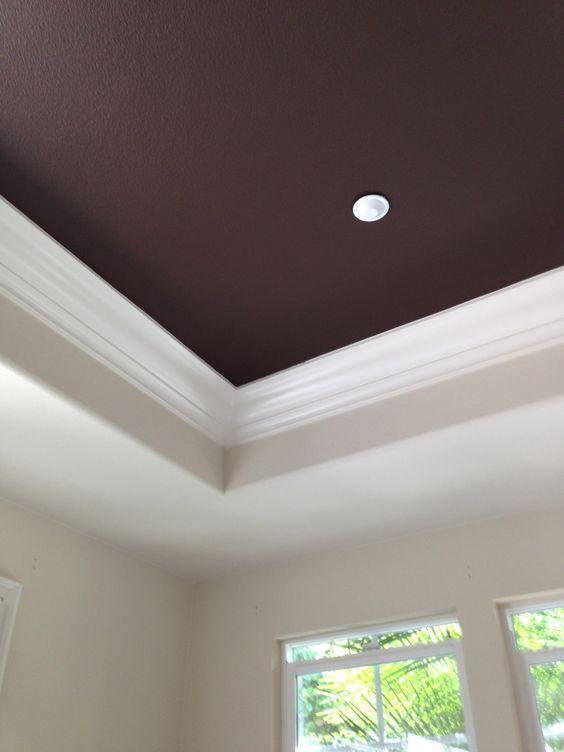 Matte PU Paint For Ceiling - Pinterest
Matte PU Paint For Ceiling - Pinterest
Features
- Provides a velvety, non-reflective surface
- Creates a sophisticated and contemporary look
- Often used in minimalist or industrial design styles
Advantages
- Adds depth and texture to walls, ceilings, and furniture
- Minimizes glare and reflections
- Hides imperfections on surfaces better than high gloss finishes
Disadvantages
- May not provide the same level of light reflection as high gloss finishes
- Requires more paint to achieve an even coverage
- May show brush strokes or roller marks if not applied carefully
Metallic Brilliance
PU paint also comes in metallic finishes, which can provide any surface with a dash of elegance and charm. Metallic PU paints are available in a wide range of shades, from warm golds and bronzes to cool silvers and chrome. These finishes are commonly used on accent walls, furniture accents, and decorative elements to create a striking visual impact. Metallic PU paint can be combined with other paint styles to create unique and eye-catching designs.
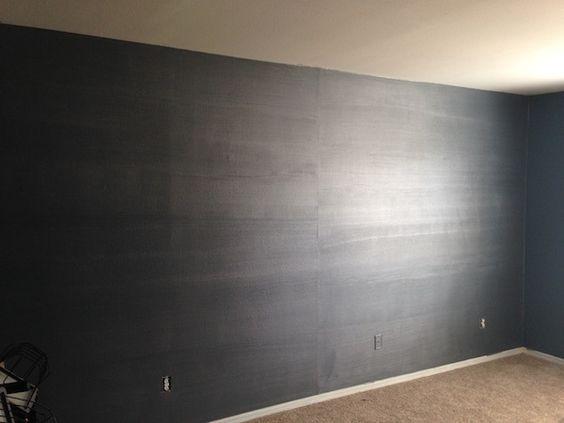 Metallic PU Paint, Pinterest
Metallic PU Paint, Pinterest
Features
- Available in a wide range of metallic shades
- Provides a dash of elegance and charm to surfaces
- Commonly used on accent walls, furniture accents, and decorative elements
Advantages
- Creates a striking visual impact
- Can be combined with other paint styles for unique designs
- Adds a touch of luxury to any space
Disadvantages
- More expensive than other PU paint finishes
- May require more specialized application techniques
- Can be challenging to touch up or repair if damaged
Colourful Creativity
PU paint is available in a vast array of colours, allowing you to explore endless possibilities for creativity. Whether you prefer bold and vibrant hues or subtle and soothing tones, there is a PU paint colour to suit your design preferences.
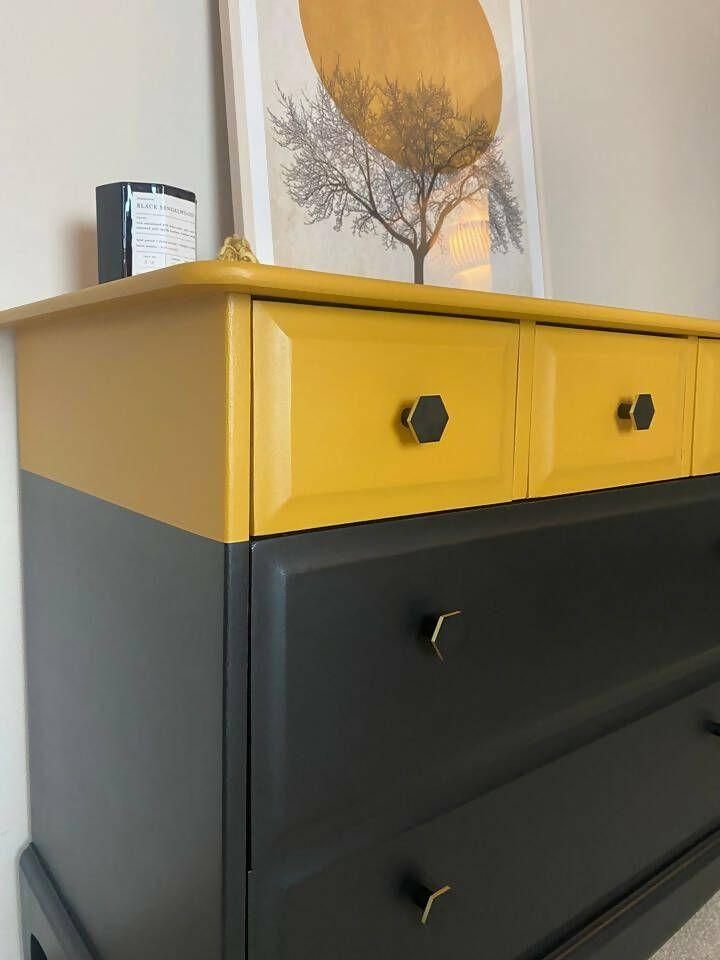 PU paints are available in a wide variety of colours
PU paints are available in a wide variety of colours
Features
- Available in a vast array of colours
- Allows for endless possibilities for creativity
- Suitable for bold and vibrant hues or subtle and soothing tones
Advantages
- Enables you to express your personal style and preferences
- Provides flexibility in design choices
- Can be used to create focal points or accent features
Disadvantages
- Certain colours may require more coats for full coverage
- Darker colours may be more prone to fading over time
- Choosing the right colour combination can be challenging and may require professional guidance
Key Features and Benefits of PU Paints
Durability and Abrasion Resistance
One of the primary advantages of PU paints is their exceptional durability and resistance to abrasion. The polyurethane resin in these paints provides a tough and durable surface that can withstand wear and tear, making them ideal for high-traffic areas and surfaces that are subject to frequent use.
Chemical and UV Resistance
PU paints are also highly resistant to chemicals and UV rays, making them a suitable choice for both indoor and outdoor applications. This resistance helps to maintain the paint's appearance and prevent fading or discoloration over time.
Smooth and Glossy Finish
PU paints are known for their ability to create a smooth, glossy, and uniform finish on various surfaces. This finish not only enhances the aesthetic appeal of the painted area but also makes it easier to clean and maintain.
Flexibility and Crack Resistance
PU paints are flexible and can withstand minor movements and expansions without cracking or peeling. This makes them a suitable choice for surfaces that may experience slight structural changes, such as wooden furniture or metal fixtures.
Easy Maintenance
Maintaining PU-painted surfaces is relatively straightforward. They can be cleaned with a soft, damp cloth, and periodic touch-ups may be required to maintain the paint's appearance over time.
Also Read: Simple Wall Painting Designs to Elevate Your Home Decor
Drawbacks and Limitations of PU Paints
Volatile Organic Compounds (VOCs)
PU paints contain volatile organic compounds (VOCs), which can be detrimental to both human health and the environment. However, there are low VOC and eco-friendly PU paint options available in the market that prioritize sustainability.
Longer Drying Time
Compared to some other paint types, PU paints may have a longer drying time, which can be a consideration for DIY projects or time-sensitive applications.
Expertise Required for Application
Applying PU paints may require more expertise than some other paint types, as they often need to be sprayed for the best results. Hiring a professional painter is recommended for the most seamless and flawless application.
Higher Cost
PU paints are generally more expensive than other paint options, both in terms of the material cost and the labour required for application
Comparison with Other Paint Types
When it comes to selecting the right paint for your project, the options can be overwhelming. From solvent-based Duco paint to water-based Acrylic paint, and from specialised Epoxy paint to versatile Polyurethane (PU) paint, each type offers its own unique features, advantages, and drawbacks. Understanding the key differences between these paint options is crucial to making an informed decision that aligns with your project's requirements and design goals.
Feature | Duco Paint | Epoxy Paint | Acrylic Paint | PU Paint |
Base | Solvent-based, one-component | Two-component, resin and hardener | Water-based | Polyurethane-based, can be one or two-component |
Finish | - High gloss finish - Matte finish available | - Highly glossy, smooth finish - Can be customized with additives | - Wide range of finishes available, from flat to high gloss | - High gloss finish - Matte finish - Metallic finishes |
Durability | - Moderately durable - Resistant to scratches, abrasion, and mild chemicals | - Extremely durable and hardwearing - Excellent resistance to heavy foot traffic, chemicals, and abrasion | - Moderately durable - May show signs of wear and tear over time | - Highly durable and resistant to scratches, chemicals, and UV rays - Excellent color retention and long-lasting finish |
Chemical Resistance | - Moderate resistance to chemicals | - Excellent resistance to a wide range of chemicals | - Poor resistance to chemicals | - Excellent resistance to chemicals |
UV Resistance | - Moderate UV resistance | - Good UV resistance | - Poor UV resistance | - Excellent UV resistance |
Application Ease | - Relatively easy to apply - Can be brushed, rolled, or sprayed | - Requires specialized application techniques and equipment - Mixing of resin and hardener is critical | - Easy to apply, suitable for DIY projects - Can be brushed, rolled, or sprayed | - Requires more expertise for proper application, often sprayed for best results |
Drying Time | - Fast-drying | - Slower drying and curing process | - Faster drying compared to other options | - Slower drying and curing time compared to Duco and Acrylic |
Cost | - Relatively less expensive than PU and Epoxy paints | - More expensive than Duco and Acrylic paints | - Relatively less expensive than PU and Epoxy paints | - More expensive than Duco and Acrylic paints |
Suitable Applications | - Interior and exterior surfaces - Furniture, cabinets, doors | - Industrial and commercial settings (e.g., concrete floors, metal surfaces) | - Interior walls and DIY projects | - Furniture, cabinets, doors, floors, exterior surfaces |
PU paint stands out for its exceptional durability, chemical resistance, and UV resistance, making it a popular choice for high-traffic and exterior areas, while Duco and Acrylic paints offer more affordable and easier-to-apply options. Epoxy paint is the most specialized and hardwearing choice, but it also requires the most expertise and is the most expensive.
Best Applications for PU Paints - Furniture and Cabinets
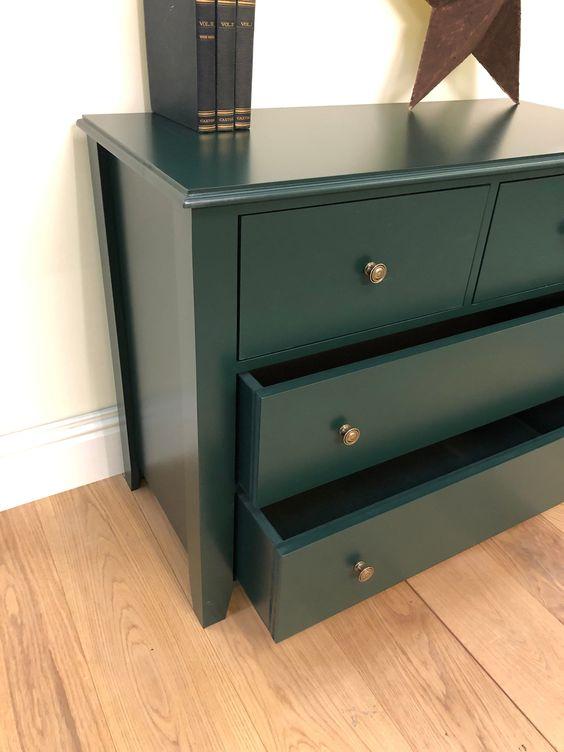
PU paints are an excellent choice for refinishing or painting wooden furniture and cabinets due to their exceptional durability and stunning finish. The polyurethane resin in these paints creates a tough and long-lasting surface that can withstand the wear and tear associated with daily use. This makes PU paints ideal for high-traffic areas, such as kitchen cabinets and dining room furniture, where they can maintain their appearance for years to come.
One of the key advantages of using PU paints on furniture and cabinets is their ability to create a glossy, mirror-like finish. This finish not only enhances the aesthetic appeal of the painted surface but also makes it easier to clean and maintain. PU paints are resistant to stains, scratches, and chipping, ensuring that your furniture and cabinets look their best even with regular use. Additionally, PU paints come in a wide range of colours, allowing you to customize the look of your furniture and cabinets to suit your personal style and the overall design of your space.
When applying PU paints to furniture and cabinets, it is important to follow the manufacturer's instructions carefully and ensure that the surface is properly prepared. This may involve sanding, cleaning, and priming the surface to ensure optimal adhesion and a flawless finish. While PU paints can be applied using a brush or roller, spraying often yields the best results, creating a smooth and even finish.
Also Read: 4 Top Wall Colour Combinations for Your Bedroom in 2024
Doors and Trim
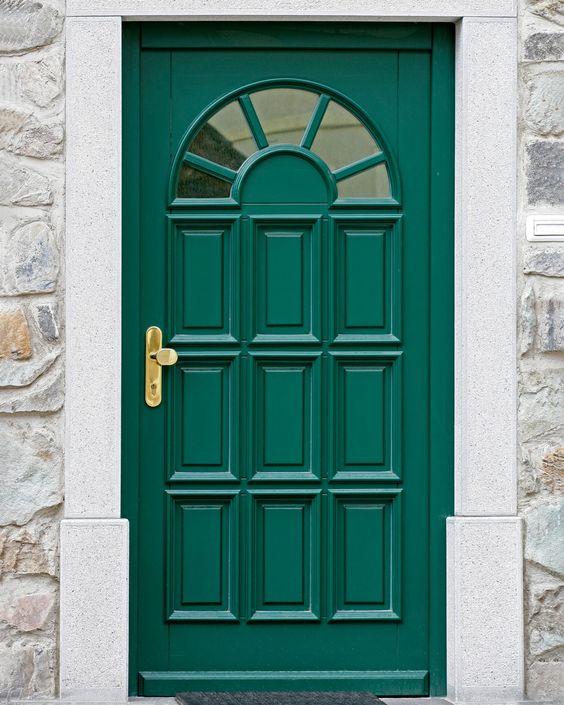
PU paints are an excellent choice for painting doors, trim, and other architectural elements due to their exceptional resistance to wear and tear. These paints are designed to withstand the rigors of daily use in high-traffic areas, making them a practical and long-lasting option for homeowners and contractors alike.
One of the key advantages of using PU paints on doors and trim is their ability to create a durable and long-lasting finish. The polyurethane resin in these paints creates a tough and resilient surface that can withstand the impacts and abrasions associated with regular use. This makes PU paints ideal for painting entry doors, interior doors, and door frames, where they can maintain their appearance for years to come.
In addition to their durability, PU paints also offer a wide range of colour options, allowing you to customise the look of your doors and trim to suit your personal style and the overall design of your space. From classic neutrals to bold, vibrant hues, there is a PU paint colour to suit every taste. PU paints also come in a variety of finishes, including high gloss, matte, and metallic, giving you even more flexibility in your design choices.
When applying PU paints to doors and trim, it is important to follow the manufacturer's instructions carefully and ensure that the surface is properly prepared. This may involve sanding, cleaning, and priming the surface to ensure optimal adhesion and a flawless finish. While PU paints can be applied using a brush or roller, spraying often yields the best results, creating a smooth and even finish that enhances the architectural details of your doors and trim.
Floors and Decks
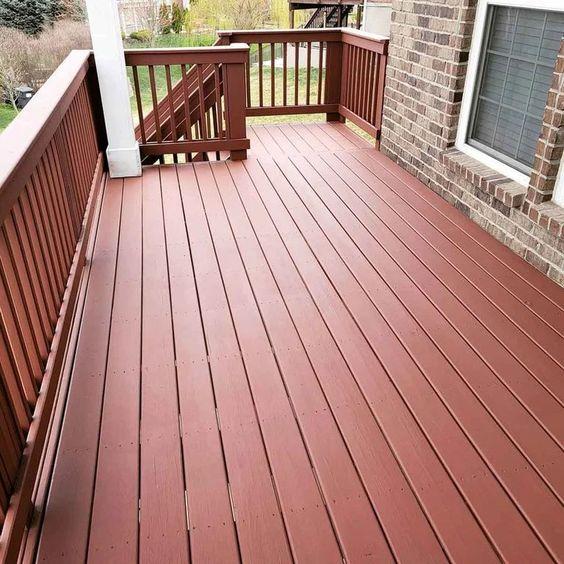
PU paints are a versatile and practical choice for painting concrete, wood, or metal floors and decks. These paints are designed to withstand the rigors of heavy foot traffic and weathering, making them an ideal choice for both indoor and outdoor applications.
One of the key advantages of using PU paints on floors and decks is their exceptional durability and resistance to wear and tear. The polyurethane resin in these paints creates a tough and resilient surface that can withstand the impacts and abrasions associated with regular use. This makes PU paints ideal for painting garage floors, basement floors, and outdoor decks, where they can maintain their appearance for years to come.
In addition to their durability, PU paints also offer a wide range of colour options, allowing you to customise the look of your floors and decks to suit your personal style and the overall design of your space. From classic neutrals to bold, vibrant hues, there is a PU paint colour to suit every taste. PU paints also come in a variety of finishes, including high gloss, matte, and anti-slip, giving you even more flexibility in your design choices.
When applying PU paints to floors and decks, it is important to follow the manufacturer's instructions carefully and ensure that the surface is properly prepared. This may involve cleaning, degreasing, and priming the surface to ensure optimal adhesion and a flawless finish. While PU paints can be applied using a roller or sprayer, it is important to ensure that the paint is applied evenly and that any excess is removed to prevent pooling or uneven coverage.
Also Read: Wallpaper for Home vs Wall Stickers for Home: A Comparison
Exterior Surfaces
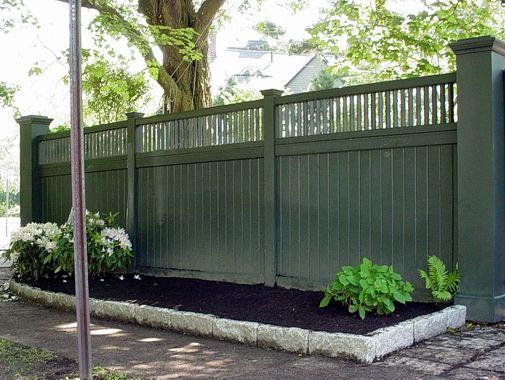
PU paints are an excellent choice for painting exterior surfaces, such as siding, fences, and outdoor furniture, due to their exceptional resistance to weathering and UV damage. These paints are designed to withstand the rigors of outdoor exposure, including rain, wind, and direct sunlight, making them a practical and long-lasting option for homeowners and contractors alike.
One of the key advantages of using PU paints on exterior surfaces is their ability to maintain their appearance over time. The polyurethane resin in these paints creates a tough and resilient surface that is resistant to fading, chalking, and peeling, even when exposed to harsh weather conditions. This makes PU paints ideal for painting wood, metal, and concrete surfaces, where they can provide long-lasting protection and a beautiful finish.
In addition to their durability, PU paints also offer a wide range of colour options, allowing you to customize the look of your exterior surfaces to suit your personal style and the overall design of your home. From classic neutrals to bold, vibrant hues, there is a PU paint colour to suit every taste. PU paints also come in a variety of finishes, including high gloss, matte, and metallic, giving you even more flexibility in your design choices.
When applying PU paints to exterior surfaces, it is important to follow the manufacturer's instructions carefully and ensure that the surface is properly prepared. This may involve cleaning, degreasing, and priming the surface to ensure optimal adhesion and a flawless finish. While PU paints can be applied using a brush, roller, or sprayer, it is important to ensure that the paint is applied evenly and that any excess is removed to prevent drips or uneven coverage.
Automotive and Industrial Applications
PU paints are a popular choice for automotive and industrial applications due to their exceptional durability and resistance to chemicals and abrasion. These paints are designed to withstand the rigors of heavy use and exposure to harsh environments, making them a practical and long-lasting option for a wide range of applications.
One of the key advantages of using PU paints in automotive and industrial settings is their ability to create a tough and resilient surface that can withstand the impacts and abrasions associated with regular use. The polyurethane resin in these paints creates a surface that is resistant to chipping, peeling, and fading, even when exposed to harsh chemicals, extreme temperatures, and heavy impacts. This makes PU paints ideal for painting automotive parts, industrial equipment, and other surfaces that are subject to heavy use and exposure.
In addition to their durability, PU paints also offer a wide range of colour options, allowing you to customise the look of your automotive and industrial surfaces to suit your specific needs and preferences. From classic neutrals to bold, vibrant hues, there is a PU paint colour to suit every application. PU paints also come in a variety of finishes, including high gloss, matte, and metallic, giving you even more flexibility in your design choices.
When applying PU paints to automotive and industrial surfaces, it is important to follow the manufacturer's instructions carefully and ensure that the surface is properly prepared. This may involve cleaning, degreasing, and priming the surface to ensure optimal adhesion and a flawless finish. While PU paints can be applied using a brush, roller, or sprayer, it is important to ensure that the paint is applied evenly and that any excess is removed to prevent drips or uneven coverage.
Applying PU Paints: DIY vs. Professional Application
While it is possible to apply PU paints as a DIY project, it is generally recommended to hire a professional painter for the best results. Professional painters have the expertise and equipment to ensure a smooth and flawless application of PU paint, which can be challenging for inexperienced DIYers.
The application process for PU paints often involves spraying, which requires specialized equipment and techniques to achieve an even and consistent finish. Improper application can lead to issues such as uneven coverage, drips, or bubbling.
Additionally, PU paints can be more challenging to work with than some other paint types, as they may have a shorter pot life and require more careful preparation of the surface. Hiring a professional painter can help ensure that the PU paint is applied correctly and that the final result meets your expectations.
Maintaining PU-Painted Surfaces
Maintaining PU-painted surfaces is relatively straightforward. Regular cleaning with a soft, damp cloth is typically all that is required to keep the paint looking its best. Avoid using abrasive cleaners or rough materials that could damage the paint.
Periodic touch-ups may be necessary to address any minor wear and tear or to maintain the paint's appearance over time. It is important to follow the manufacturer's instructions for proper maintenance and touch-up procedures to ensure the longevity of the PU paint.
Eco-Friendly PU Paint Options
As mentioned earlier, traditional PU paints contain volatile organic compounds (VOCs) that can be harmful to the environment and human health. However, there are now eco-friendly PU paint options available that prioritize sustainability and reduced environmental impact.
These eco-friendly PU paints often use water-based formulations or low-VOC solvents, making them a more environmentally friendly choice. Some brands also offer PU paints that are certified by organizations such as Green Seal or LEED, which signify their commitment to sustainability.
When selecting PU paints, it is important to research the specific brand and formulation to ensure that it aligns with your environmental concerns and preferences
Conclusion
PU paints have become a popular choice in the world of interior and exterior design due to their exceptional durability, versatility, and stunning finish. From high gloss to matte, metallic to vibrant colours, PU paints offer a wide range of options to suit various design styles and preferences.
While PU paints do come with some potential drawbacks, such as higher cost and the need for professional application, their many benefits often outweigh these considerations. By understanding the key features, best applications, and maintenance requirements of PU paints, you can make an informed decision on whether they are the right choice for your next design project.
explore further
Latest from Contemporary ideas
More from Innovations
Resources
Dwello, for every home buyer, is a way to go from 'I feel' to 'I know', at no extra cost.




